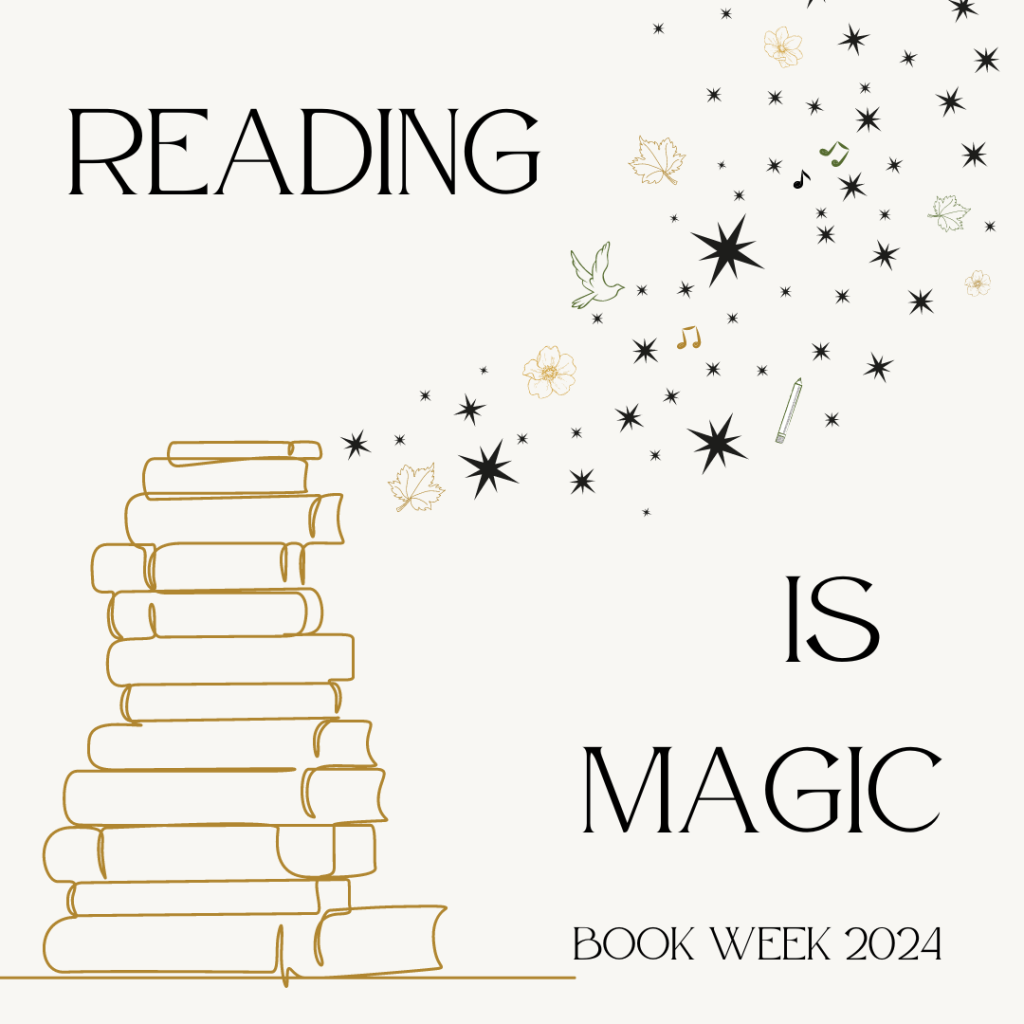National Simultaneous Storytime (NSS) is an annual event that aims to encourage young Australians to read and enjoy books. Every year a picture book, written and illustrated by an Australian author and illustrator is read simultaneously in libraries, schools, pre-schools, childcare centers, family homes, bookshops and many other places around the country. To celebrate this event in the classroom, here are nine teacher-approved ideas:
1. Costume Party: Encourage students to come to class dressed as their favorite character from the selected book. This makes the story come alive and engages students in role-playing activities related to the story.
2. Illustration Station: After the story has been read, give students drawing materials and let them create their own illustrations for their favorite part of the book. Display these drawings around the classroom or compile them into a class book.
3. Puppet Show: Divide the class into groups and provide them with materials to create puppets based on the characters in the story. Each group then performs a segment of the book for their classmates.
4. Book-Themed Snacks: Create snacks that are themed around elements of the story. For example, if there are animals in the story, you could make cookies in those animal shapes.
5. Interactive Story Map: Work with students to create a large map of the story’s setting on bulletin board paper, adding elements from the plot as you go through it.
6. Story Circle: Have students sit in a circle and take turns reading pages from the book aloud. This encourages participation and helps develop reading skills.
7. Creative Writing Prompt: After reading the book, give students a prompt related to the story and let them write their own short tales. This can help them connect more deeply with themes in the book while also practicing writing skills.
8. Scavenger Hunt: Create clues related to different aspects of the story and have student teams solve them around school or within your classroom – leading up to some thematic prizes or tokens from the narrative.
9. Behind-the-Scenes Exploration: Investigate how books are made by exploring videos or materials about authors, illustrators, and book production processes – this could even include contacting local authors or illustrators for a Q&A session.
These ideas are designed not only to celebrate National Simultaneous Storytime but also to deepen children’s appreciation for literature and literacy skills all while having fun!



